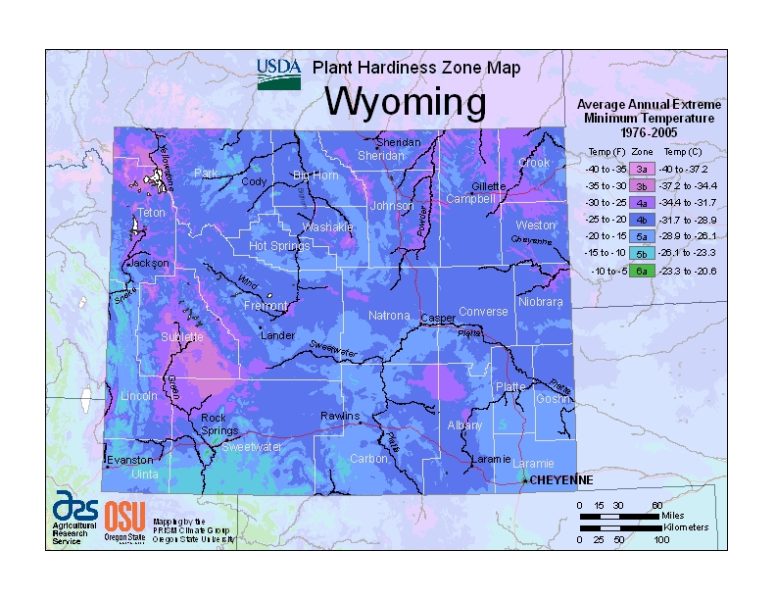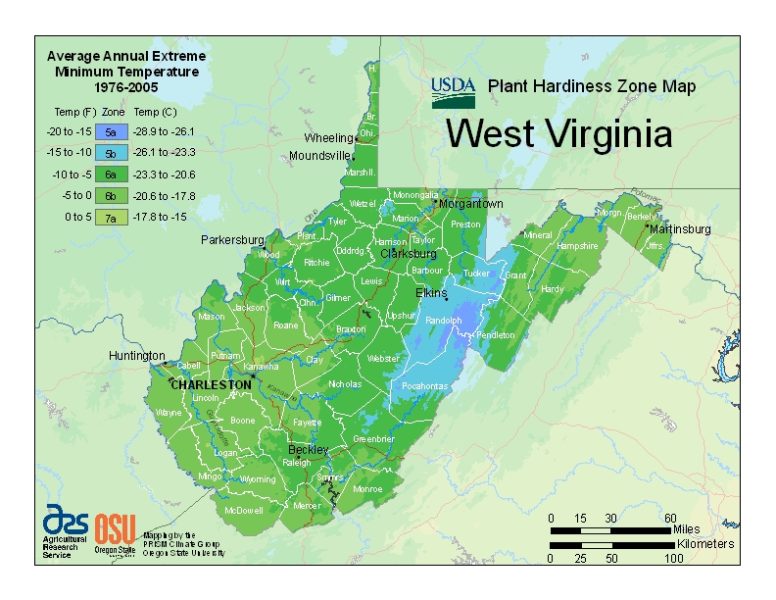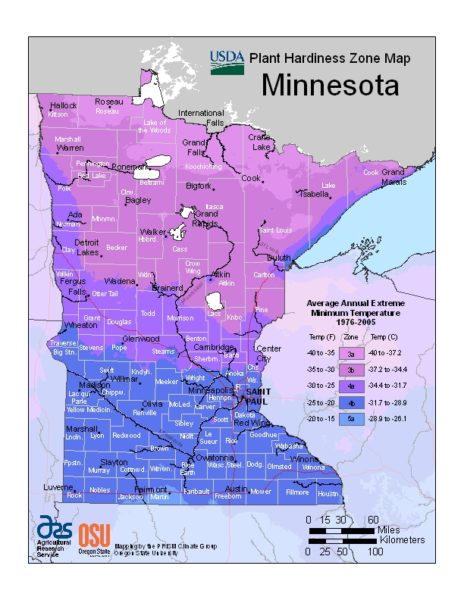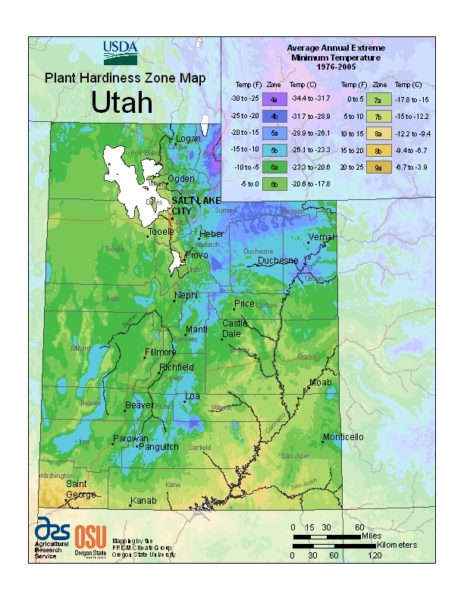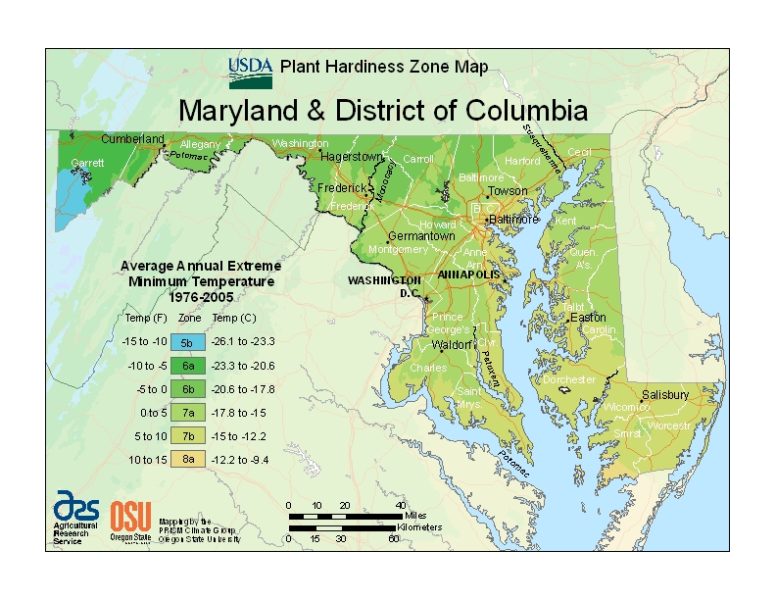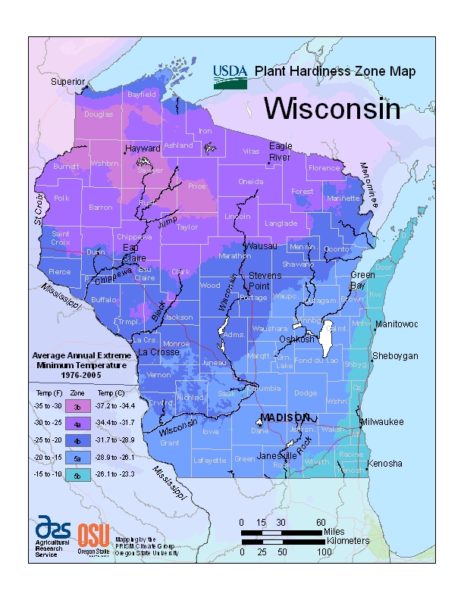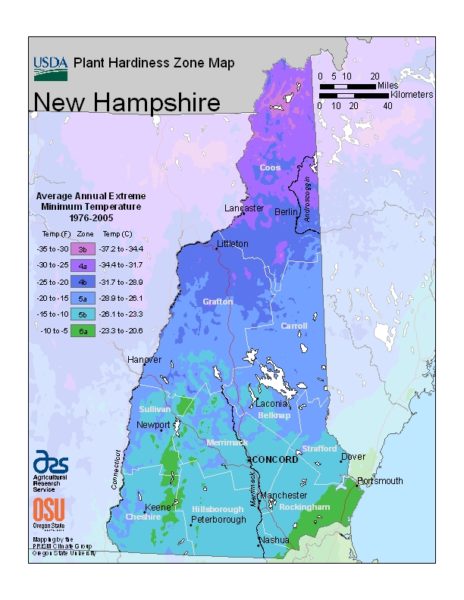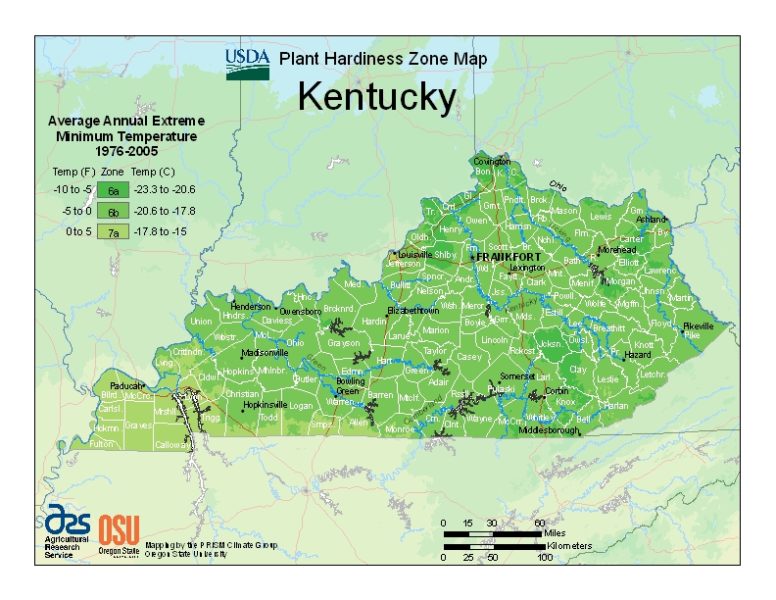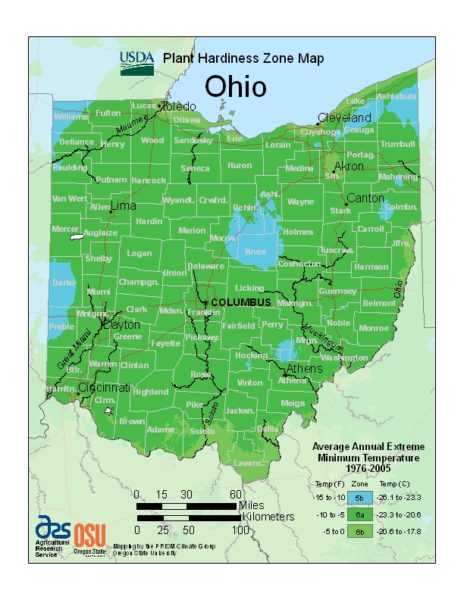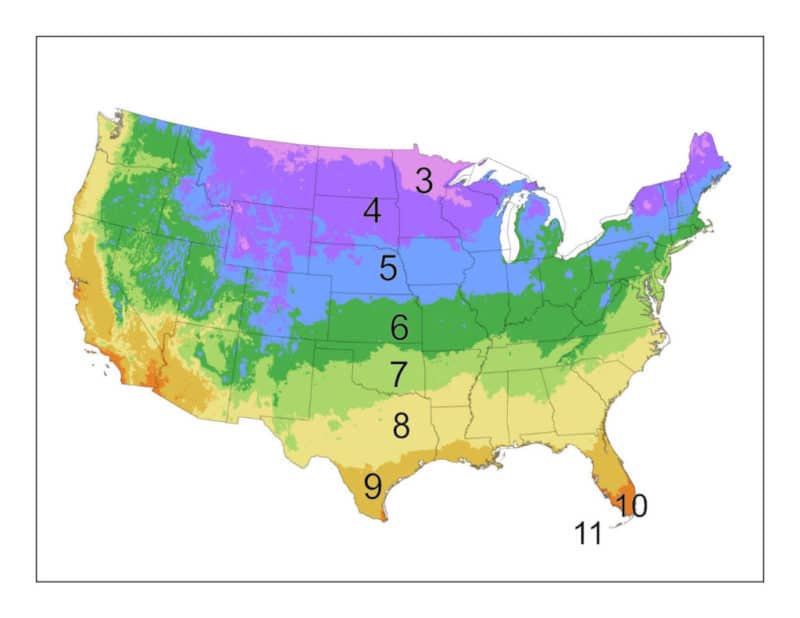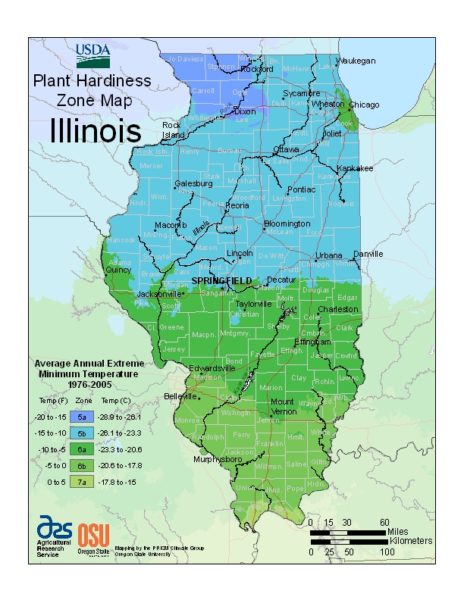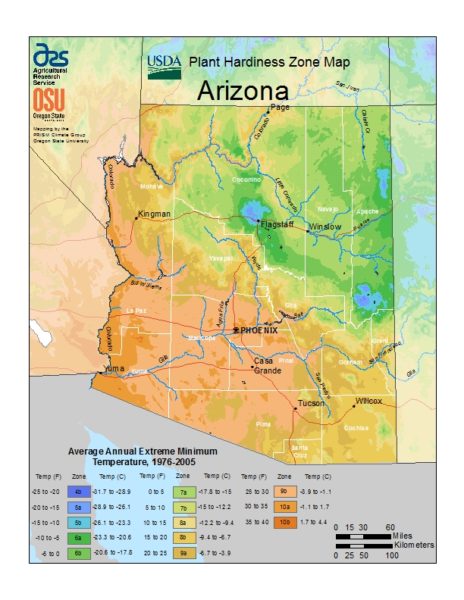
Last Updated on January 7, 2024
What Are The Best Shrubs for Hedges
Hedges provide not only privacy and security but also act as beautiful natural boundaries in our gardens. Choosing the right shrubs for hedges is essential to achieve the desired aesthetic appeal and functionality.
With numerous options available, it can be overwhelming to find the best shrubs for your hedges. In this article, we will explore the top choices for hedges, considering their characteristics, ideal conditions, and maintenance tips.
Factors to Consider When Choosing Shrubs for Hedges
Before we delve into specific shrubs, let’s explore the essential factors to consider when selecting shrubs for hedges. Understanding these factors will help you make an informed decision and create hedges that thrive in your garden.
Height and Width
The eventual height and width of a shrub are critical considerations when choosing plants for hedges. Determine the desired height and width based on your privacy needs and available space. Some shrubs, such as boxwood and privet, lend themselves well to formal hedges due to their compact and controlled growth habits.
Growth Rate
The growth rate of shrubs influences how quickly your hedge will establish and fill out. If you need a mature hedge quickly, opt for fast-growing shrubs like privet or forsythia. However, if patience is your virtue, slower-growing shrubs such as yew and holly may be preferable.
Pruning Requirements
Consider your tolerance for pruning and shaping when selecting shrubs for hedges. Some shrubs require regular pruning to maintain their form, while others have more forgiving growth habits. Boxwood and yew, for example, respond well to pruning, making them ideal for neatly trimmed hedges.
Climate Suitability
Ensure the shrubs you choose are suitable for your climate. Different shrubs thrive in varying temperature ranges, rain conditions, and sunlight exposure. Research the hardiness zones and climate requirements of the shrubs to avoid disappointment and ensure long-term success.
Foliage Characteristics
The foliage can significantly contribute to the aesthetic appeal of your hedges. Consider the color, texture, and density of the foliage when making your selection. Shrubs like boxwood and yew offer evergreen foliage, providing privacy and beauty year-round.
Flowering and Fruiting Capabilities
If you desire a hedge that adds seasonal interest, consider shrubs with beautiful flowers and fruits. Forsythia, with its vibrant yellow blooms in spring, or rose of Sharon, with its showy flowers in summer, can bring additional joy to your hedges.
Pest and Disease Resistance
To avoid constant battles with pests and diseases, opt for shrubs that demonstrate good resistance. Research the shrubs’ susceptibility to common issues like leaf spot, powdery mildew, or aphids. Selecting resistant varieties can save you time and effort in the long run.
Here are the top 6 best shrubs for hedges:
 Boxwood (Buxus sempervirens)
Boxwood (Buxus sempervirens)
Description and Characteristics
Boxwood, with its dense evergreen foliage, is a classic choice for hedges. Known for its versatility, boxwood is excellent for both formal and informal hedges. Its small, glossy leaves create a neat and compact appearance.
Ideal Hedge Conditions
Boxwood thrives in well-draining soil and partial shade, though some varieties can tolerate full sun. Regular watering and mulching help maintain its moisture requirements. Boxwood is adaptable to various climates, but extreme heat or cold may affect its vitality.
Maintenance Tips
Regular pruning is necessary to preserve the desired shape and density of boxwood hedges. Shearing two to three times a year, starting in early spring, helps maintain a well-groomed appearance. Provide adequate spacing between plants to allow air circulation and prevent disease.
Popular Varieties of Boxwoods for Hedges
Popular boxwood varieties include “Green Velvet,” “Winter Gem,” and “Green Mountain.” Each variety has slightly different growth habits, leaf sizes, and hardiness. Consider the specific characteristics that best suit your hedging needs.
 Privet (Ligustrum species)
Privet (Ligustrum species)
Description and Characteristics
Privet, also referred to as Ligustrum, has long been favored for its rapid growth and ability to create dense hedges. With its dark green foliage and occasional clusters of white flowers, this deciduous or semi-evergreen shrub adds visual interest to hedges.
Ideal Hedge Conditions
Privet thrives in fertile, well-draining soil. While it prefers full to partial sun, it can tolerate shade. Regular watering and mulching are necessary to promote healthy growth. Privet is generally adaptable to various climates.
Maintenance Tips
Pruning is vital to control the vigorous growth of privet. To encourage dense branching, prune after flowering or during spring. Trimming in early summer can help maintain the desired shape and size. Periodic removal of old wood stimulates new growth.
Varieties of Privet
Common privet varieties include “Ligustrum vulgare” (English Privet), “Ligustrum ovalifolium” (California Privet), and “Ligustrum japonicum” (Wax Leaf Privet) Each variety has unique characteristics, such as growth rates or resistance to certain pests. Choose the variety that suits your specific hedge requirements.
 Yew (Taxus species)
Yew (Taxus species)
Description and Characteristics
Yew is a versatile evergreen shrub widely used for hedges. With its dark green needles and red berries, yew provides year-round interest. It has a slow growth rate but can eventually develop into beautiful, densely-packed hedges.
Ideal Hedge Conditions
Yew thrives in well-drained soil and can tolerate full sun to partial shade. It prefers a slightly acidic soil pH. Once established, yew is relatively drought tolerant. Certain yew species, like Taxus baccata, are cold hardy, and suitable for northern regions.
Maintenance Tips
Regular pruning helps maintain the shape and size of yew hedges. Prune lightly in late winter or early spring to control growth and encourage bushier growth. Avoid severe pruning as yew has limited regrowth capacity on old wood.
Varieties of Yew
Common yew varieties include “Taxus baccata,” “Taxus cuspidata,” and “Taxus media.” Each variety exhibits slightly different growth habits and characteristics. Consider the specific features you desire for your hedges when choosing a yew variety.
 Holly (Ilex species)
Holly (Ilex species)
Description and Characteristics
Holly is a popular evergreen shrub known for its attractive glossy leaves and bright red berries. It brings both visual interest and a festive touch to hedges. Holly’s spiky foliage also acts as a deterrent for intruders.
Ideal Hedge Conditions
Holly prefers well-draining soil and can tolerate full sun to partial shade. It appreciates slightly acidic soil conditions. Regular watering and mulching help maintain its moisture requirements. Holly is adaptable to various climates but may require winter protection in colder regions.
Maintenance Tips
Pruning is necessary to maintain the desired shape and density of holly hedges. Regular pruning in late winter or early spring helps promote new growth and prevents the shrub from becoming too leggy. Use gloves when pruning holly due to its sharp leaves.
Varieties of Holly
Common holly varieties include the English Holly “Ilex aquifolium,” Nellie Stevens Holly “Ilex X ‘Nellie R. Stevens’,” and American Holly Ilex opaca ‘Satyr Hill’. Each variety showcases different growth habits, forms, and berry production. Choose the variety that aligns with your aesthetic preferences and growing conditions.
 Forsythia (Forsythia species)
Forsythia (Forsythia species)
Description and Characteristics
Forsythia, with its vibrant yellow blooms heralding the arrival of spring, is an excellent choice for hedges. This deciduous shrub produces arching branches covered in cheerful flowers before the foliage emerges.
Ideal Hedge Conditions
Forsythia thrives in well-draining soil and full sun. It is generally adaptable to various soil types but prefers slightly acidic conditions. Adequate moisture during the establishment phase is crucial, but once established, forsythia is drought tolerant.
Maintenance Tips
Pruning is crucial for forsythia hedges to control their unruly growth and promote flowering. After the flowers fade, prune out one-third of the oldest branches to stimulate new growth and maintain a reasonable size. Prune lightly and frequently to help shape the hedge.
Varieties of Forsythia
The most common forsythia variety is Lynwood Gold, “Forsythia x intermedia.” Numerous cultivars exist, including “Show Off,” which offer slightly different growth habits and flower sizes. Choose a variety known for its prolific bloom and reliable performance.
 Rose of Sharon (Hibiscus syriacus)
Rose of Sharon (Hibiscus syriacus)
Description and Characteristics
Rose of Sharon is a deciduous shrub that delights with its stunning, hibiscus-like flowers during the summer months. It adds a splash of color to hedges, attracting hummingbirds and butterflies.
Ideal Hedge Conditions
Rose of Sharon thrives in well-drained soil and full sun, but it can tolerate partial shade. Adequate watering during dry periods is essential for optimal growth. Rose of Sharon is relatively adaptable to different climates and demonstrates good heat tolerance.
Maintenance Tips
Prune rose of Sharon in early spring before new growth appears. Remove dead wood and thin out crowded branches to facilitate air circulation and maintain an attractive shape. Regular deadheading of spent flowers promotes continuous bloom throughout the summer.
Varieties of Rose of Sharon
Rose of Sharon cultivars come in a variety of colors, including white, pink, purple, and blue. Popular varieties include “Aphrodite,” “Blue Chiffon,” and “Diana.” Consider the color and growth habit when selecting the Rose of Sharon for your hedges.
Choosing the best shrubs for hedges involves considering various factors such as height, growth rate, pruning requirements, climate suitability, foliage characteristics, flowering capabilities, and pest resistance. Boxwood, privet, yew, holly, forsythia, rose of Sharon, and escallonia are among the top choices for creating stunning hedges that provide privacy, beauty, and functionality. Each shrub has its unique characteristics and maintenance requirements, so choose wisely based on your specific needs and preferences.
Frequently Asked Questions
Can I mix different shrubs together to create a more diverse hedge?
Absolutely! Mixing different shrubs can create a visually appealing and interesting hedge that combines various foliage colors, textures, and flowering patterns.
Are there any shrubs suitable for hedges in shady areas?
Yes, some shrubs, such as certain varieties of boxwood, yew, and holly, can tolerate partial shade. However, ensure they receive at least a few hours of direct sunlight daily.
How often should I fertilize my shrubs for optimal growth?
Fertilize shrubs before the start of the growing season in spring, using a slow-release fertilizer. Repeat applications as directed on the fertilizer package, typically once or twice a year.
How long does it typically take for a hedge to achieve the desired height and density?
The time it takes for a hedge to grow to the desired height and density depends on the shrub's growth rate and pruning techniques. Some shrubs may take a few years, while others can establish quickly within a season or two.
About the Author
- 6 Best Shrubs for Hedges - January 7, 2024
- August Gardening Tips - August 4, 2022


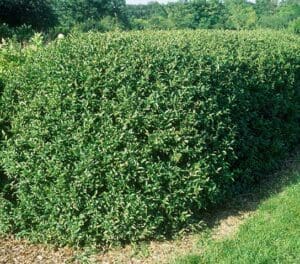 Privet (Ligustrum species)
Privet (Ligustrum species)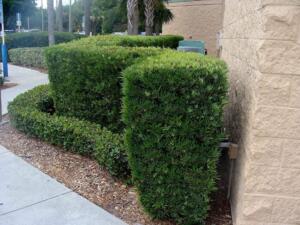 Yew (Taxus species)
Yew (Taxus species)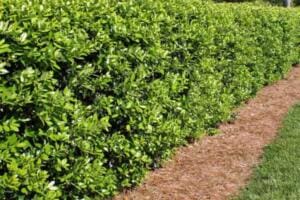 Holly (Ilex species)
Holly (Ilex species) Forsythia (Forsythia species)
Forsythia (Forsythia species)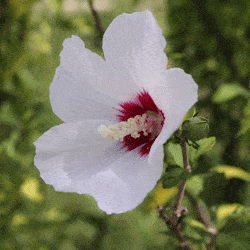 Rose of Sharon (Hibiscus syriacus)
Rose of Sharon (Hibiscus syriacus)



